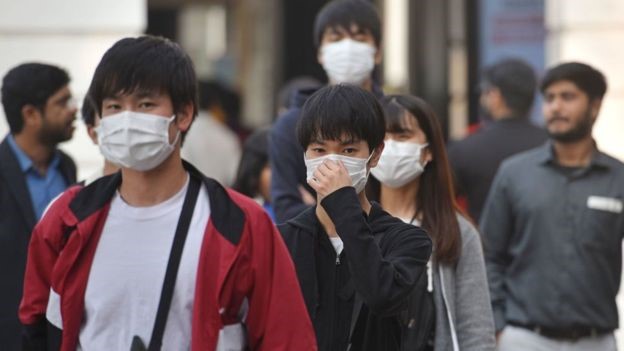Corona virus: What is community transmission and herd immunity?
Corona virus infection is increasing in other countries of the world including India. Cases of infection have crossed 75 lakhs across the world and death toll has crossed four lakhs. The number of infected in India has reached three lakhs. The death toll here is more than eight thousand.
After the onset of such a large number of infections, the questions of community transmission and herd immunity are now coming up. However, according to the Indian Council of Medical Research (ICMR), the state of community transmission has not yet arrived in India.
What is Community Transmission?
Community transmission occurs when a person succumbs without coming into contact with a known infected person or travelling to a virus-infected country.
This is the third level of infection. After this stage, there is a possibility of infection spreading on a large scale.
According to ICMR, there are four stages of corona virus outbreak.
In the first phase, they were found infected with the corona virus, who came to India after getting infected from another country. This stage has crossed in India because such people have spread the infection locally in India.
In the second phase, the infection spreads at the local level, but these are the people who came in contact with some infected persons who had returned from travelling abroad.
The third stage is community transmission. It is difficult to find the source of transmission.
There is also a fourth stage of an epidemic, when the infection takes the form of an epidemic locally.
What is Herd Immunity?
If a disease spreads to a large part of the population and the immunity of the human being helps to prevent the spread of infection of that disease, then those who fight the disease and get fully cured, should be ‘immune’ to that disease, that is, they develop immunological properties. In them, competent anti-bodies are prepared to compete with the virus.
As more people become immune, the risk of spreading the infection decreases. This also indirectly provides protection to those who are neither infected nor ‘immune’ for that disease.
Dr. Eduardo Sanchez, Chief Medical Officer of the American Heart Association, has tried to explain this in his blog.
He writes, “If most people of a herd of humans become immune to the virus, it is very difficult for the virus to reach others in the middle of the herd and its spread stops after a period.” This process takes time. At the same time, the idea of ’herd immunity’ usually comes when the safety of vulnerable people is ensured with the help of a vaccination program. “
It is estimated that ‘herd immunity’ against Kovid-19 can develop in a community only after about 60 percent of the population has been infected with the corona virus and they have become immunized by fighting it.
But according to Johns Hopkins University, about 80% of the population needs to be immunised to reach the level of herd immunity. If four out of every five people are not infected even after coming in contact with the infected person, then the infection can be kept under control. However, it also depends on how contagious the disease is. It is usually necessary to have an immunity of 70 to 90 percent of the population to reach the level of herd immunity.
Measles, mumps, polio, and chicken pox are some of the contagious diseases that once used to be very common but are now rare in places like the United States because the help of vaccines has helped to reach the level of herd immunity.
If there is an infectious disease whose vaccine has not been prepared, but there is already immunity in adults about that infection, it can still infect children or people with weak immune system.
In the case of many of the diseases mentioned above, it has been seen before the vaccine is made.
Some other viruses like the flu virus change over time, so the old anti-bodies that are prepared in the human body do not work and the person gets infected again. In the case of the flu, this change occurs in less than a year. If the SARS-KOVI-2 responsible for Kovid-19 is the same as other corona viruses, then we can expect people with immunity to not be infected for a few months or even years, but not for life.




